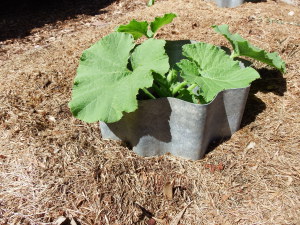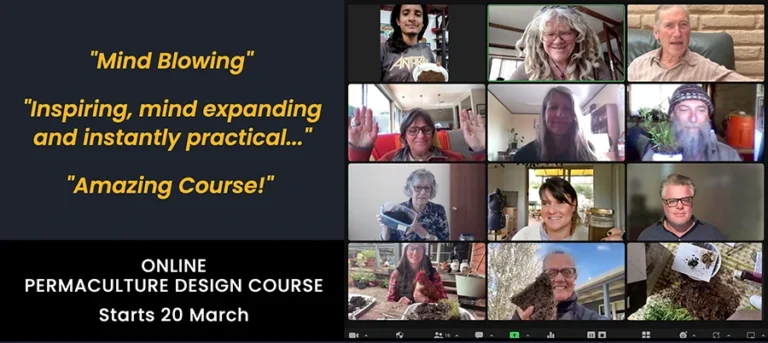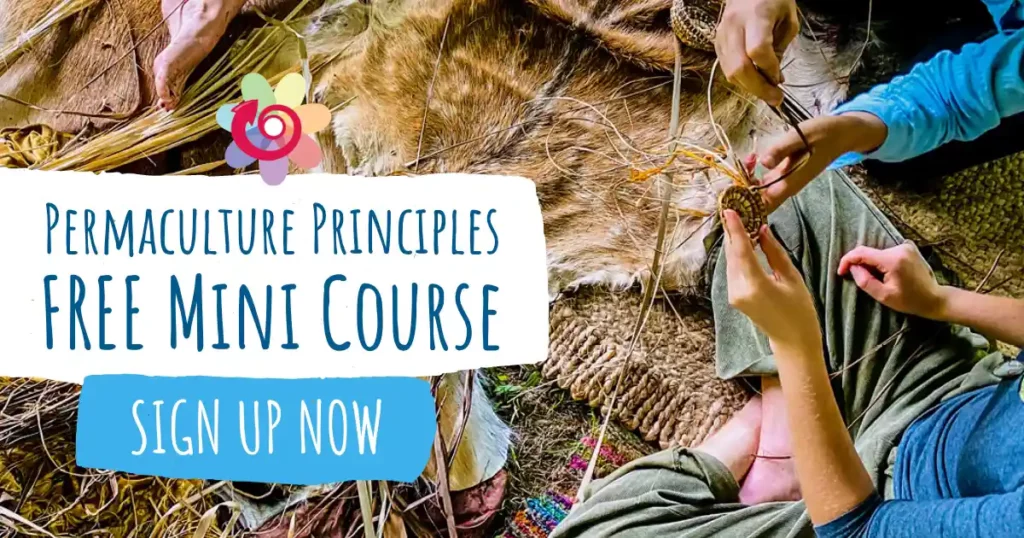 Principle 10: Use and value diversity
Principle 10: Use and value diversity
Do it Yourselfer #13
I was never much good at chemistry at school, it was the only subject that I ever failed. I found the periodic table and the combinations of elements overwhelming. Looking back, what I took away from that experience is that when different elements mix together they can create something totally different, even dangerous.

Chemicals are a product of our industrial culture. They are everywhere, so avoiding them altogether is near on impossible. The long term effects of man made chemicals in our bodies is an unknown, but what we do know is that many chronic illnesses of today were either rare or unheard of just 100 years ago. While we may live longer lives than those before the industrial revolution, it appears to not be a better quality of life.
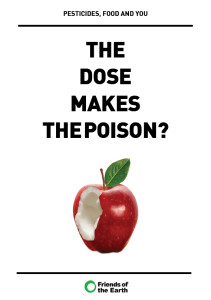
According to scientists, pesticides regularly detected on Australian food have been linked to possible problems with human endocrine function, ADHD, learning and behavioural problems along with a lower IQ. The top five foods with the most detections were apples, wheat, strawberries, pears and grapes.
Modern processing of foods add to the problem. Highly refined products remove the fibre which is the food for the trillions of bacterial microbes that live in our gut. These microbes provide molecules (like vitamins) that help us survive, they educate our immune system so that we can respond to different threats and they exclude pathogens.
The 500 to 1000 different species of microbes, unique to each of us, are an ecosystem (our symbionts) and are essential to keep us healthy. We, in turn, need to keep them healthy. I wonder if the cocktail of pharmaceutical chemicals that the medical profession recommends, injected and swallowed into our bodies, are actually doing us more harm than good?
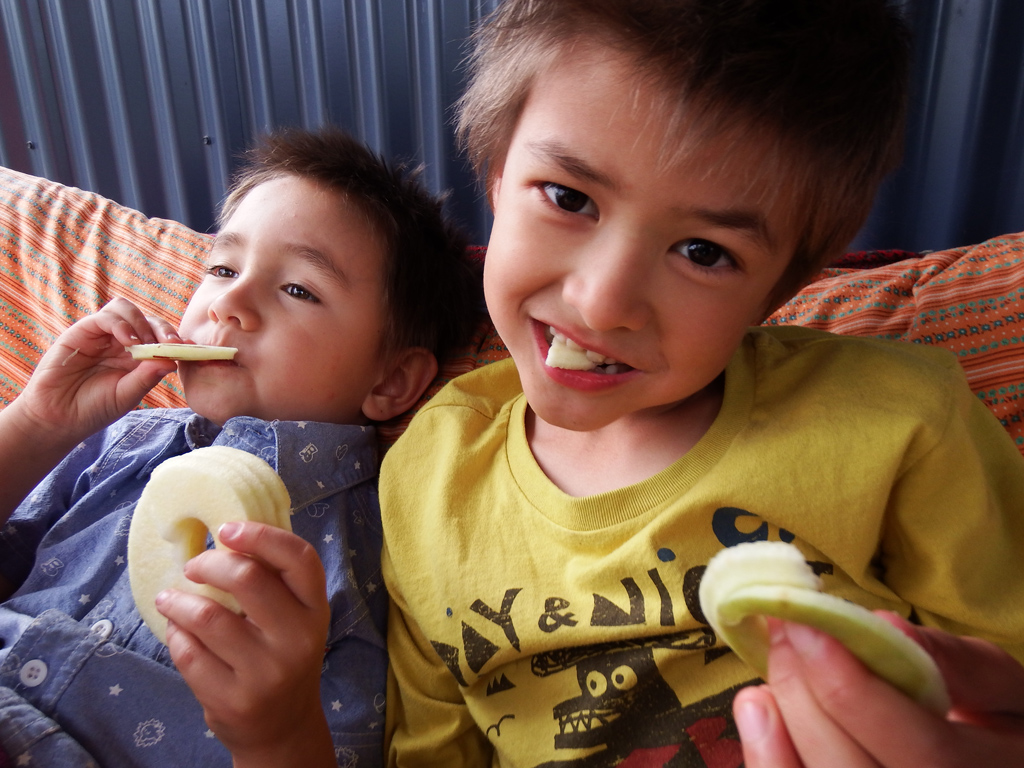
Less is more
Our family makes an effort to avoid putting man made chemicals into our bodies. We do this by eating food that we have grown ourselves, by sourcing organic food from local growers and from certified farms. Occasionally we buy conventional foods, usually minimally processed, and every now and then we get highly processed foods and medicines.
This year we picked our first home grown (delicious) apples, from a tree I grafted myself. We know exactly what gone into them. The kids love them, especially when we transform them into a ‘slinky’.
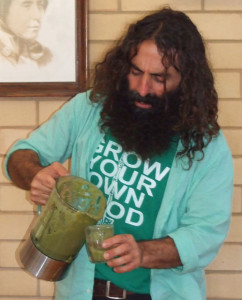
My partner Kunie is a masterful food preparer, I do the growing and she transforms the produce into something amazing. Who ever thought that eggplants could taste so good! All of our meals are prepared at home, with something from every meal grown in our garden – with the exception of the odd Indian home delivery or fish and chips.
Kunie has been starting her day with a green smoothie, a collection of seasonal edible weeds, green leafy veggies and fruit with a dash of turmeric powder, psyllium husk and spirulina. Mmmm… it’s not always nice but it’s a great start to the day – she’ll often swim 1.2km straight after it.
In eating a primarily home grown, locally sourced, whole food diet, we have found that we rarely visit the doctor. Our approach of ‘feeding the goodies, instead of killing the baddies’ is one that has helped us build health and resilience.
All the best – Richard Telford
More about microbes and their vital role in maintaining health
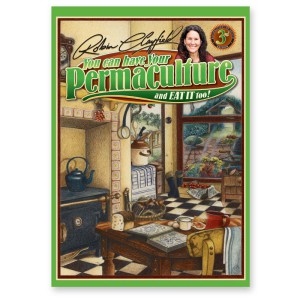 You can have your Permaculture and eat it too!
You can have your Permaculture and eat it too!
Robin Clayfield has recently printed the third edition of this classic book. It’s got plenty of ideas on how you can make the most of your garden produce as well as a swag of other ideas. “A cook book for gardeners, a gardening book for cooks.” Check it out.



